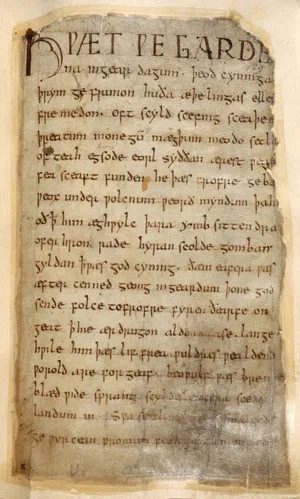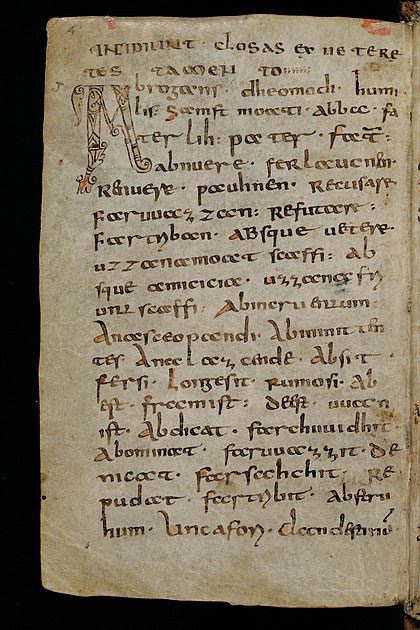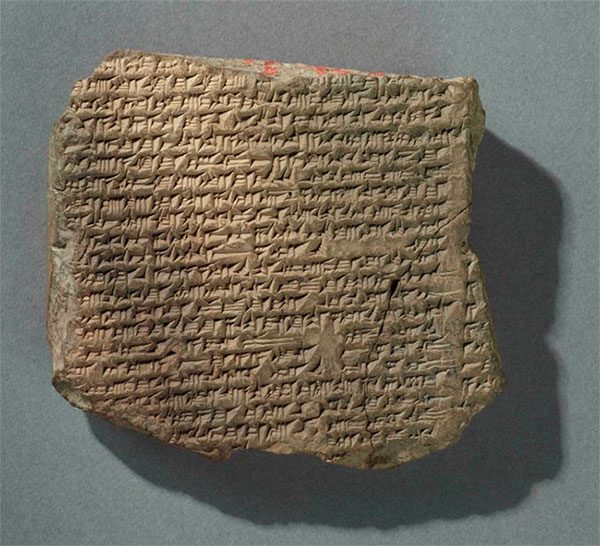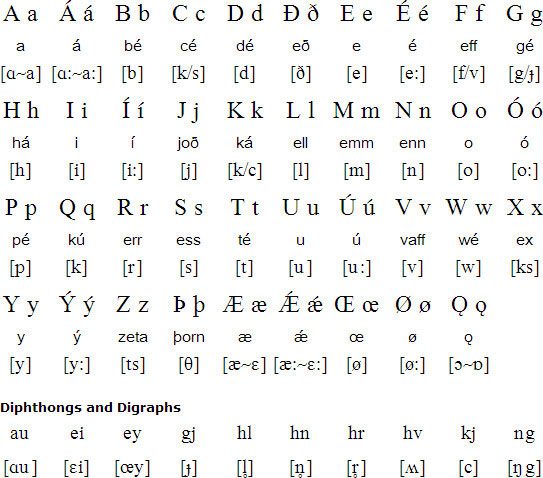Many languages that were once spoken by hundreds, thousands, or even millions of people have permanently disappeared, yet they continue to influence the modern world.
Languages That Have Disappeared but Still Influence Today
1. Latin
Latin is the language that has had the most significant impact on many of the prominent languages spoken throughout Europe.
Officially, Latin is a dead language, with the Vatican City being the only place that uses it as an official language due to the numerous scriptures written in it. In everyday conversation, no one speaks Latin in Rome, throughout Italy, or anywhere else in the world.

A Latin class at the Roman Forum and Palatine Hill. (Photo: Paideia Institute)
However, this does not mean that Latin lacks a major influence on modern society. It is still frequently used in medical terminology, as well as in the classification of plants and animals. In English, common Latin phrases are often incorporated into daily discussions.
Latin has also profoundly influenced many other popular languages. All Romance languages (French, Spanish, Italian, Portuguese, etc.) draw endless inspiration from Latin. The characters in those languages and many others are based on Latin words and have evolved in modern times.
2. Sanskrit
Sanskrit is one of the oldest languages in the world. It began to decline around 600 BCE. However, this does not mean it has no direct impact on today’s world, particularly in religious communities in South and East Asia.

A passage from the Vedas. (Photo: World History)
Though “dead,” Sanskrit remains one of the official languages of India. While this may be only nominal, India takes pride in this language and seeks to protect its heritage. This is because a significant portion of the ancient scriptures of three major religions—Buddhism, Hinduism, and Jainism—are written in Sanskrit.
3. Biblical Hebrew
Ancient Hebrew or Biblical Hebrew once experienced a golden age. However, after the destruction of the Jerusalem Temple, the language significantly declined. Jewish scholars have made efforts to preserve it, but it is not spoken by many people as it once was.

A manuscript of Biblical Hebrew. (Photo: Britannica).
The Hebrew of the Bible persists and has become a heritage in modern language. The fact is that to read passages from the Bible in the original, one must learn Hebrew.
4. Old English
Old English was widely spoken in England until around 1100. Sometimes referred to as Anglo-Saxon, it is, of course, the “ancestor” of modern English. In some respects, Old English is much more complex.

The opening of the Beowulf manuscript. (Photo: Britannica).
After the 1100s, Old English gradually fell out of favor in both England and Wales, while Welsh strengthened its position thereafter.
5. Coptic
Coptic was once a prominent language of ancient Egypt. Nearly 2,000 years ago, the Egyptian language was primarily written in the Greek alphabet. In fact, this language developed around the third century CE during the Roman period in Egypt.

Coptic script. (Photo: New Line Magazine)
Today, Coptic remains an important language for many Christians. Linguists and historians regard it as the first Christian language. It is also based on four significant languages of that time.
Coptic survives in ancient religious texts and continues to hold considerable significance for Christians across the Middle East and the world.
6. Old High German
Just as Old English eventually transitioned to modern English, so did Old High German.

The first page of the St. Gall Codex Abrogans (Stiftsbibliothek, cod. 911), the oldest text in Old High German. (Photo: Wikipedia).
Old High German is considered by linguists to be the earliest, most primitive stage of the German language. Most historians identify its rise in Bavaria and other regions of Germany from around 500 to 700 CE. It was then commonly used until about 1050.
Additionally, like many languages, a significant amount of ancient religious and philosophical texts were also written in Old High German. Therefore, this language continues to exist in academia and churches to this day as a legacy.
7. Akkadian
Akkad was once one of the most important cities in Mesopotamia thousands of years ago. As an early civilization, Akkad eventually developed its own language, known as Akkadian.

A passage from the Epic of Adapa in the Morgan Library written in Akkadian. (Photo: Forward).
Today, historians recognize Akkadian as the first of the Semitic languages. Two major modern Semitic languages still draw inspiration from Akkadian: Hebrew and Arabic. Thus, Akkadian has had a profound impact on the modern world even thousands of years after its disappearance.
Akkadian was also the first language to be written in cuneiform. As a result, Akkadian works still exist today.
Akkadian became extinct around the eighth century BCE.
8. Aramaic
Aramaic is best known as the language that Jesus Christ spoke during his lifetime. This language was widely used during the time of Christ to the extent that it became the common language of much of the Middle East.

The Carpentras inscription is the first known ancient inscription identified as Aramaic. (Photo: Wikipedia).
Interestingly, the country from which Aramaic originated, Aram, collapsed centuries before this language emerged during the brutal wars with the Assyrians. Yet even after Aram had “vanished,” the language it spawned continued to exist and thrive. Later, even the Assyrians adopted this language as one of their main languages simply because it was widely used across the Middle East. To trade with other regions at that time, one had to speak Aramaic.
9. Old Norse
The Vikings were one of the most notorious and legendary groups of ancient times. They spoke Old Norse in their daily lives and spread it throughout Scandinavia and Northern Europe.

The alphabet and pronunciation of Old Norse. (Photo: Omniglot)
Old Norse eventually disappeared and lost its status as a commonly used language.
Common words used today, including “berserk,” “cake”, originate from Old Norse. The word “husband” also has similar roots, combining the words “hus” and “bondi” from Old Norse, while “Thursday” comes from “Thor’s day” in Old Norse.
10. Ancient Greek
Currently, the world still recognizes Greek as a popular language. Modern Greek is certainly not a dead language. However, technically, Ancient Greek is an older and distinctly different version of the language.

Technically, Ancient Greek is an older and more distinct version of the language. (Image: Social Media X).
Of course, Ancient Greek was spoken (and written) by renowned philosophers and writers, including Aristotle, Homer, Plato, and Socrates. They created works in their native language that continue to be studied in modern times.
Additionally, Ancient Greek is similar to Latin in that it has been used to name various objects in the medical and scientific fields as well as other areas.


















































